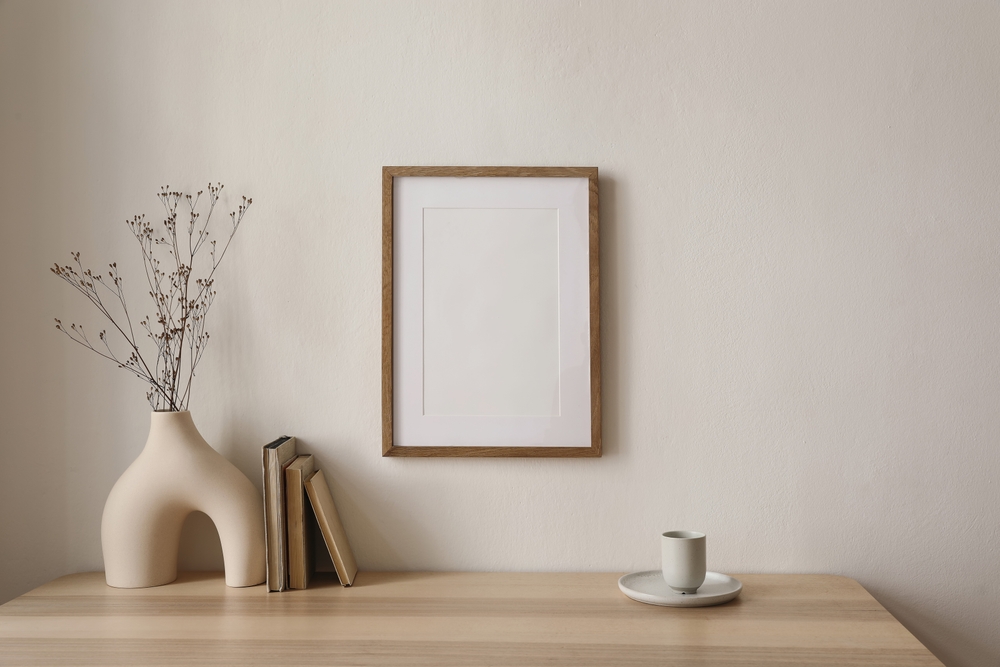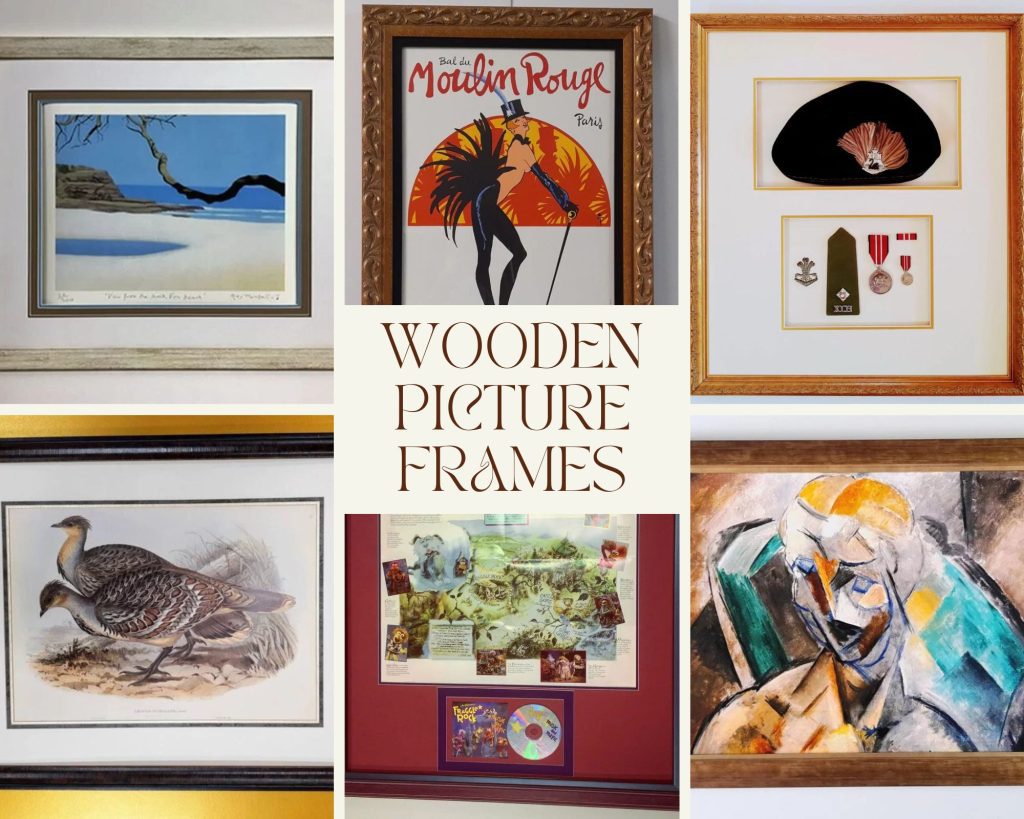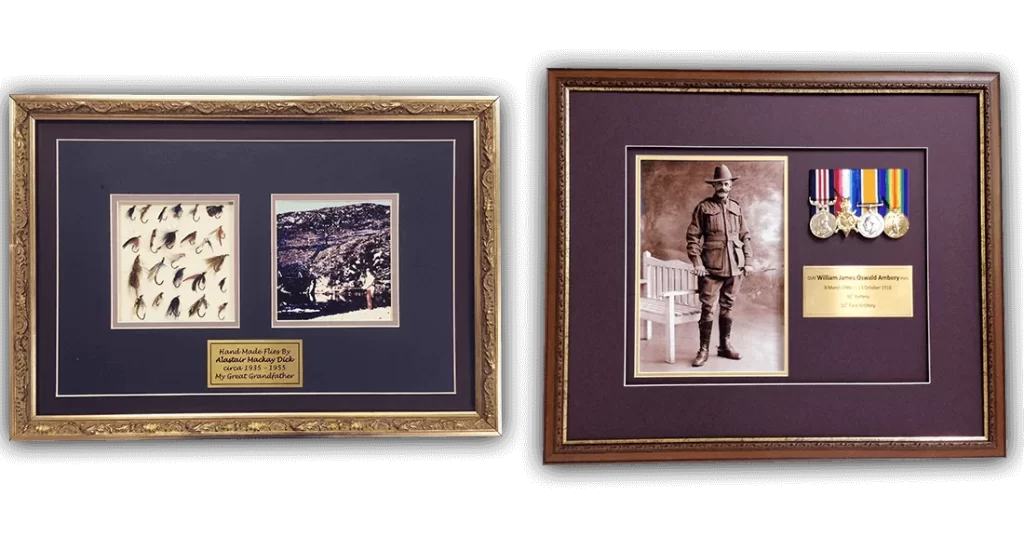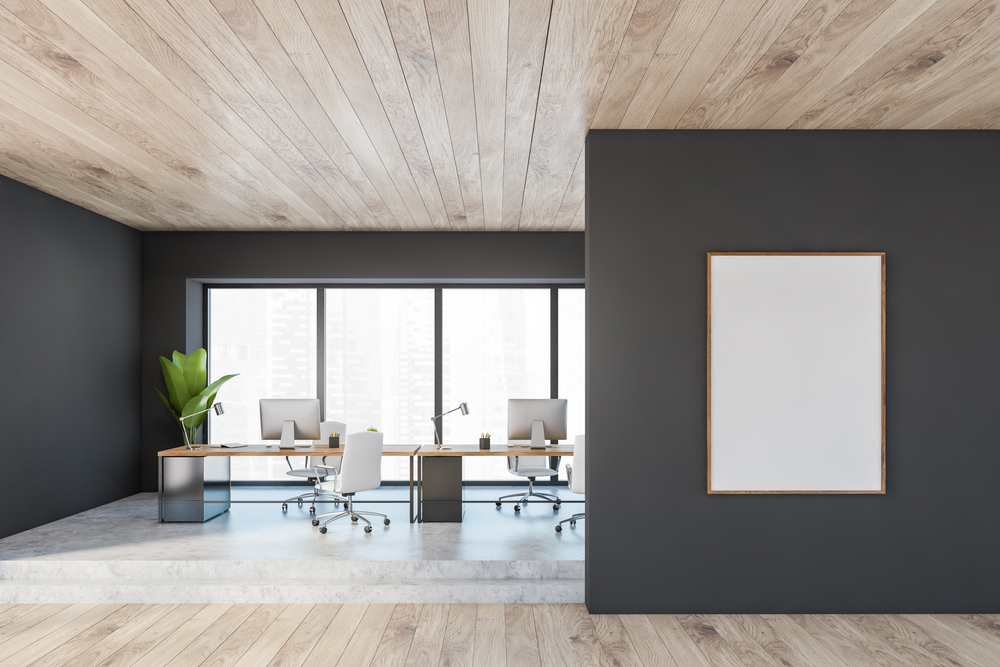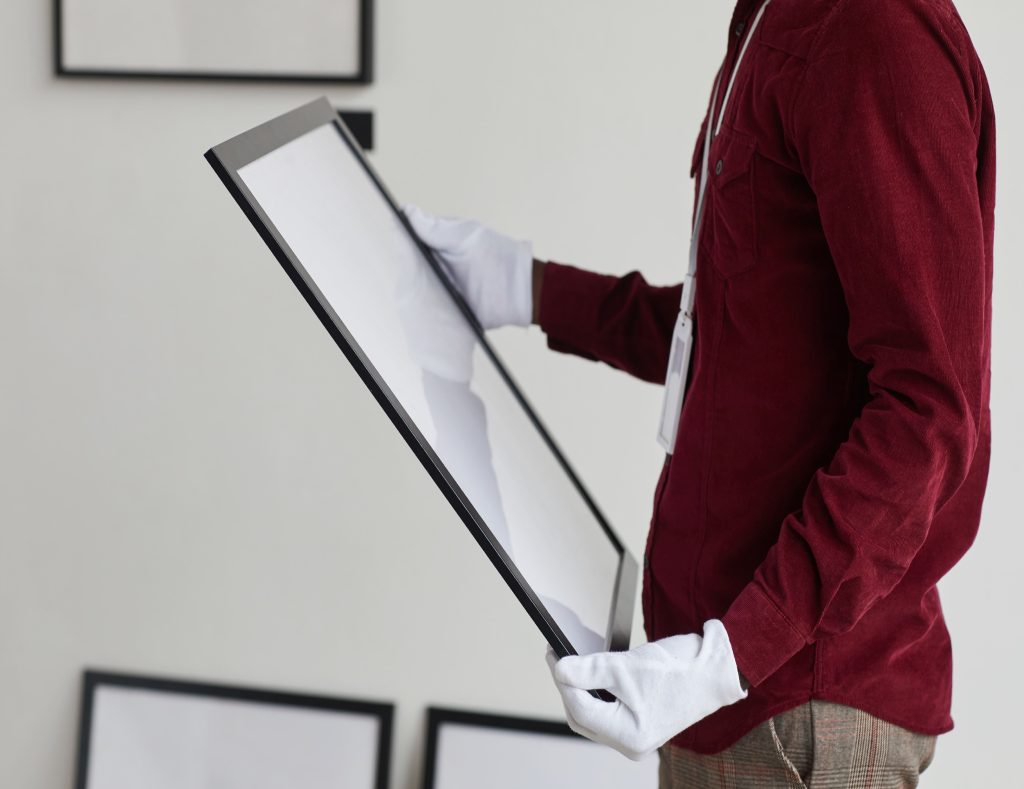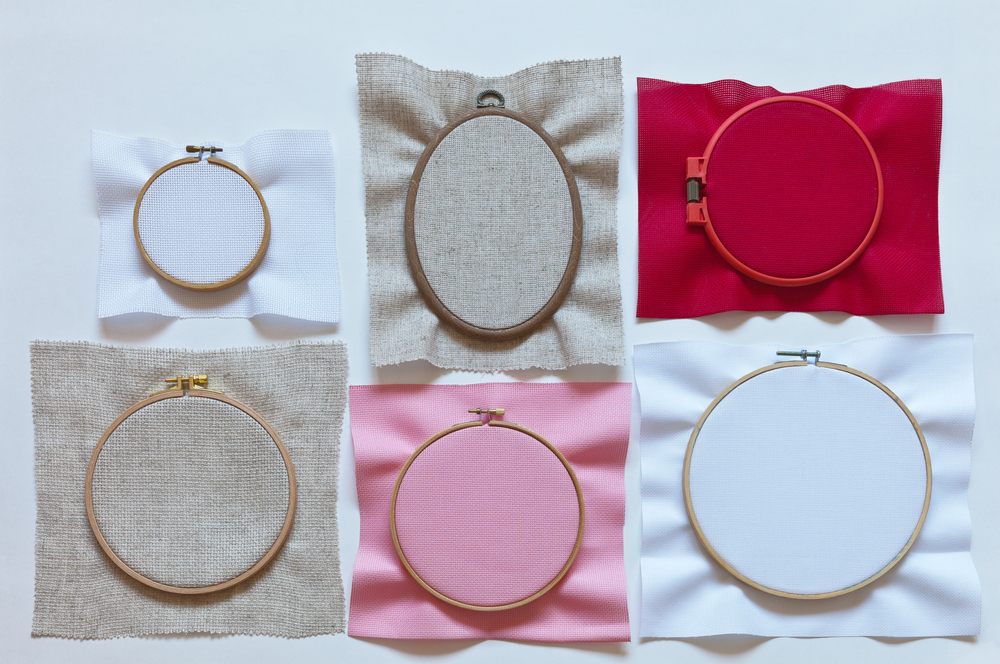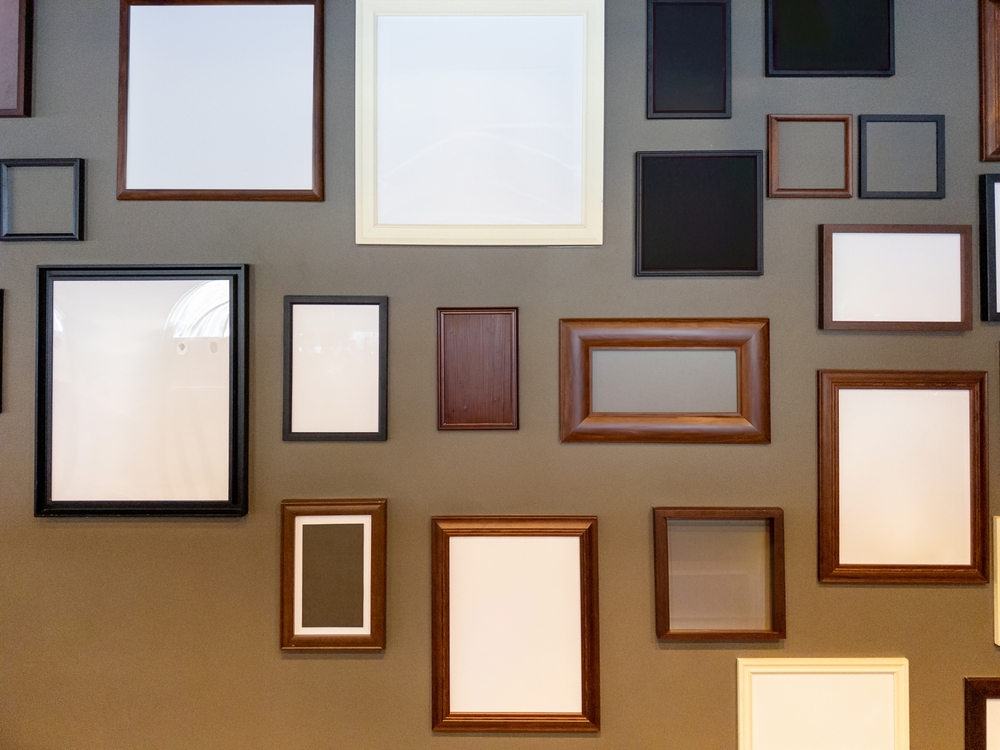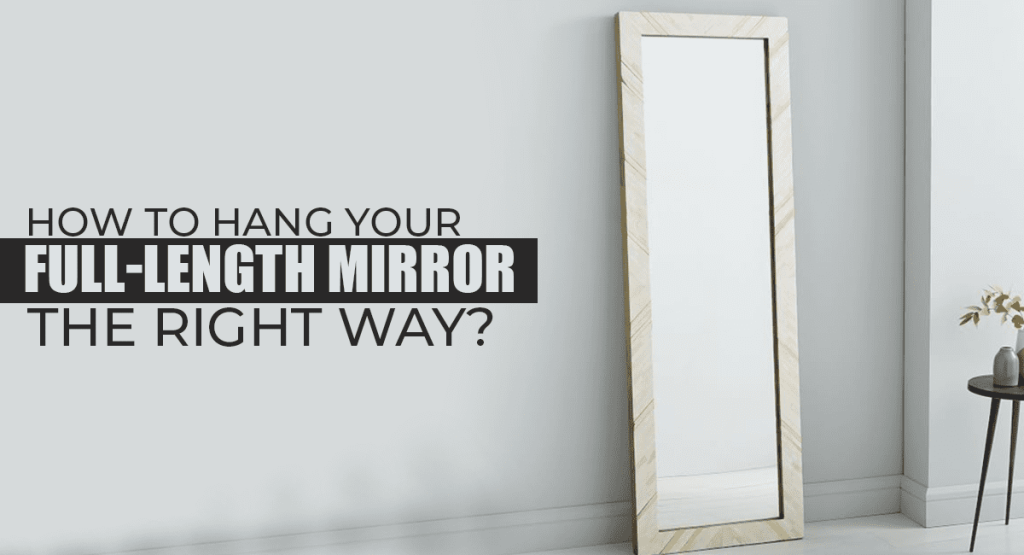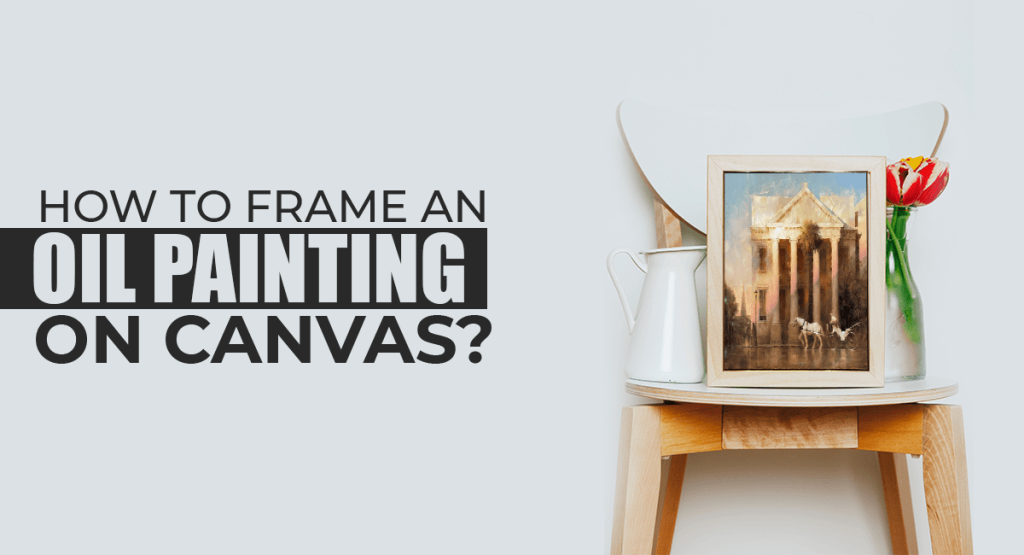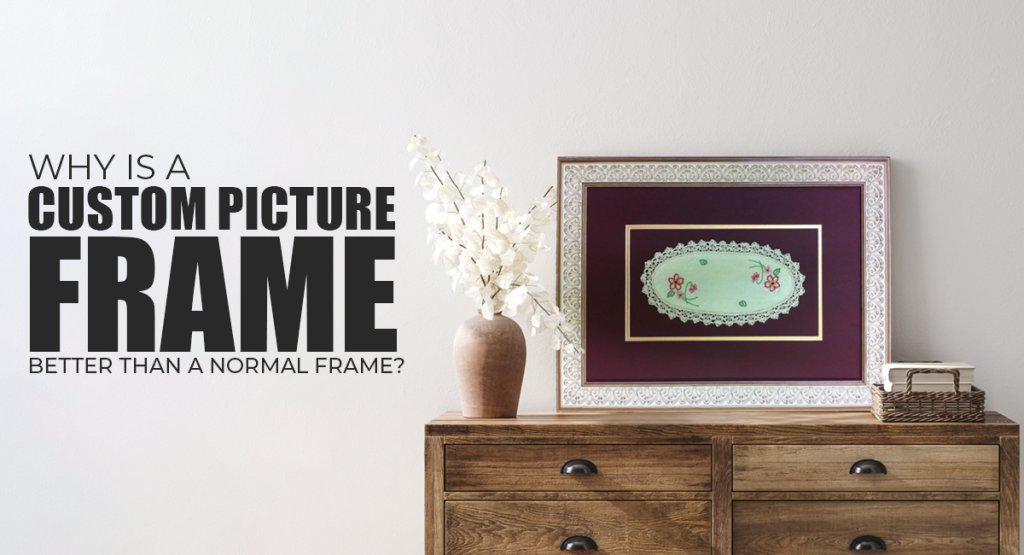Master the Art of Canvas Stretching – An Easy DIY Guide
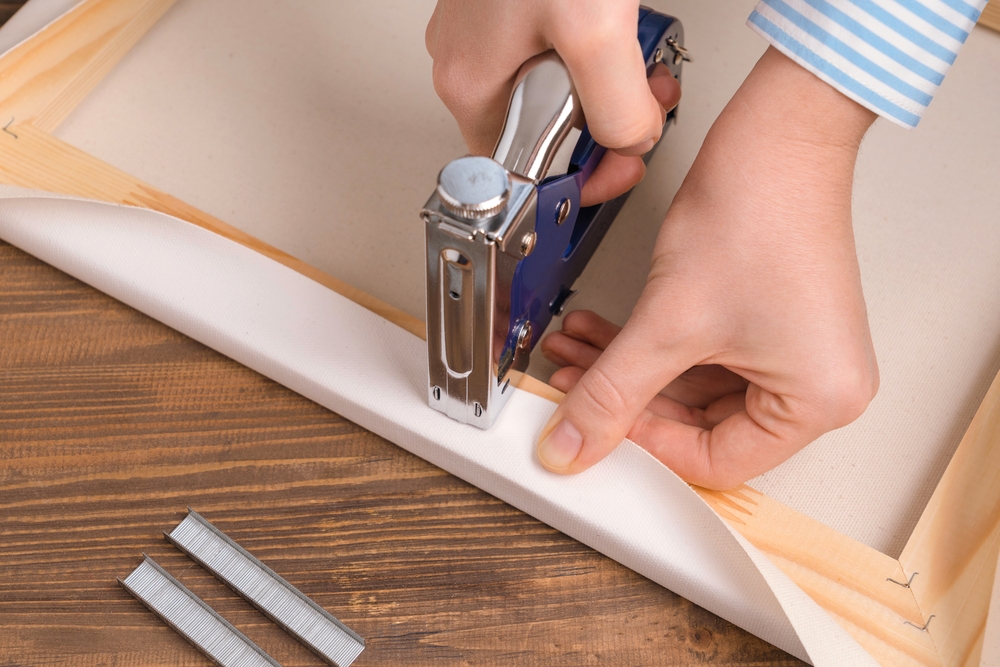
If you’ve ever bought a rolled canvas print or created a painting on loose canvas. You know it’s not display-ready. That’s where canvas stretching comes in.
Stretching your canvas over a sturdy wooden frame not only gives it a smooth, professional look but also protects it from sagging and damage over time. If you need a specific size or a high-quality canvas that’s not available in ready-made options, custom canvas stretching is the perfect solution.
At Framous Picture Framing, we offer a reasonably priced bespoke canvas stretching & framing service to make your artwork hang-ready with flawless precision. Whether you’re a DIY enthusiast or want a professional canvas stretching solution, this guide will show you how to stretch a canvas the right way.
Canvas Stretching Equipment | Tools & Materials You’ll Need to Stretch a Canvas
Before we begin, gather these essential tools:
| Tool | Purpose |
| Stretcher Bars | Form the frame; choose sturdy wooden or metal bars to prevent warping. |
| Canvas Material | The painting surface; options include cotton, linen, or synthetic canvas. |
| Mallet or Hammer | Used to assemble the stretcher frame securely. |
| Tape Measure & Pencil | Ensures precise measurements before cutting and assembling. |
| Scissors or Utility Knife | Cuts the canvas to the correct size. |
| Canvas Pliers | Helps grip and pull the canvas tight for even stretching. |
| Staple Gun & Staples | Secures the canvas to the stretcher bars. |
| Staple Lifter | Removes or adjusts staples if needed. |
| Wedges (Corner Keys) | Adjusts the canvas tension after stretching by expanding the frame. |
How to Stretch a Canvas Like a Pro | 8 Easy Steps – DIY Guide
Stretching a canvas might seem tricky. But once you get the hang of it, it’s a rewarding and cost-effective way to prepare a perfect surface for painting. Follow these simple steps to create a durable, professional-looking canvas right at home.
Step #1: Choose Your Stretcher Bars or Build a Custom Frame
Estimated Time: 5 minutes
Before you begin, you’ll need a sturdy frame. You can either purchase pre-made stretcher bars or build a custom frame using wooden slats. Stretcher bars are the easiest option since they come with interlocking joints which makes assembly quick and hassle-free. If you’re building your own frame, make sure to use high-quality, warp-resistant wood to ensure durability.
Tip: Stretching a large canvas? Opt for reinforced stretcher bars or cross braces to prevent sagging.
Step #2: Assemble the Stretcher Bars
Estimated Time: 5-10 minutes
Once you have your stretcher bars, it’s time to put them together.
- Lay out the bars on a flat surface, forming a square or rectangle.
- Slot the corners together. Most stretcher bars come with pre-cut grooves that easily slide into place.
- Gently tap the corners using a mallet to ensure they’re firmly connected.
- Check the alignment by measuring diagonally across the frame. Both diagonals should be equal. If not, adjust the frame until it’s perfectly square.
Tip: Frame feels a little loose? Apply a small amount of wood glue at joints for extra stability.
Step #3: Cut the Canvas to Size
Estimated Time: 5 minutes
Now that your frame is ready, it’s time to prepare the canvas.
- Roll out the canvas on a clean, flat surface. Make sure it’s free from wrinkles and dust.
- Place the frame on top and mark an outline around it.
- Leave extra fabric for stretching. Add at least 8-10 cm (3-4 inches) on each side. This excess will wrap around the frame for secure stapling.
- Cut the canvas carefully using sharp scissors or a utility knife, ensuring smooth, even edges.
Tip: Use a ruler or straightedge when cutting to prevent uneven sides.
Step #4: Position the Frame on the Canvas
Estimated Time: 2 minutes
Now, it’s time to center the frame before you start stretching.
- Lay the cut canvas flat on your work surface.
- Place the frame on top. Make sure it’s perfectly centered.
- Align the grain of the canvas with the stretcher bars. This will prevent twisting and warping later on.
- Smooth out any wrinkles before securing the canvas.
Tip: Double-check that the frame sits evenly on all sides before moving to the stretching step.
Step #5: Stretch the Canvas, Fold & Start Stapling
Estimated Time: 30 minutes
The key to a well-stretched canvas is pulling evenly and gradually from the center outward. Follow these steps carefully:
1. Start with the Longest Sides
Pull the canvas over the frame and insert three staples in the center of one long side. Move to the opposite long side. Pull the canvas tight, fold it over, and insert three more staples in the center. Work from the middle toward the corners. Never start at the corners, as this can cause twisting.
Tip: If your canvas is ungessoed, lightly mist it with water using a spray bottle. This will help it tighten as it dries.
2. Stretch and Staple the Shorter Sides
Move to one of the unstapled short sides and pull the canvas firmly. Fold it over the frame and insert two staples in the center. Repeat this on the opposite short side.
Tip: Use canvas pliers to grip and pull for a more even stretch.
3. Work Toward the Corners
Go back to the first long side you started with and begin stretching from the center outward. Pull a small section, staple, then move to the opposite side and repeat. Continue working around the canvas in the same order, keeping tension even.
Tip: Keep about 4 inches of unstapled space near the corners for now.
4. Fold and Staple the Corners
Tuck one side under the other to create a neat fold. Pull it firmly and evenly, then staple securely in place. If needed, cut a small diagonal slit in the excess fabric to help it lie flat. The corners are the final tightening point—pull them as tight as possible.
5. Secure the Staples and Final Touches
Go around the frame and hammer down all staples to ensure they sit flush. If you notice any loose areas, add extra staples where needed. If your canvas still feels loose, you can restretch certain areas before moving on.
Step #6: Adjusting the Tension with Corner Wedges
Estimated Time: 5 minutes
Now that the canvas is stapled, it’s time for the final tension adjustments.
- Flip the canvas over and tap the surface. It should have a drum-like sound.
- If there are sagging areas, insert corner wedges (keys) into the slots at the back of the stretcher bars.
- Tap them gently with a hammer to expand the frame slightly, increasing tension.
Step #7: Prime Your Canvas
Before painting, the canvas needs priming with gesso. This seals the fabric, prevents paint from soaking through, and improves adhesion.
- Apply one even coat of gesso using a wide brush, painting in one direction.
- Allow it to dry completely, then sand it lightly with fine-grain sandpaper.
- Apply a second coat, let it dry, and sand again.
- Repeat for a third coat for a smooth, professional surface.
Tip: Sanding between coats helps remove texture and creates a perfect painting surface.
Step #8: Final Quality Check
Before calling it done, inspect your canvas carefully:
- No wrinkles, sagging, or loose areas.
- Tension feels just right; tap the canvas. It should sound slightly hollow.
- Staples are evenly spaced and secure. No rough edges.
- Corners are neat and folded tightly.
You’re Done!
Your canvas is now stretched, primed, and ready for painting. Whether you’re working with oils or acrylics, this DIY method ensures a sturdy and professional surface for your artwork.
Read more about > Common Canvas Stretching Issues and their Solutions
Stretch Your Canvas the Right Way with Framous Picture Framing
Whether you’re a DIY enthusiast or prefer expert help, canvas stretching is essential for preserving and displaying your artwork.
Don’t let a loose canvas ruin your masterpiece.
Visit Framous Picture Framing in Perth for expert canvas stretching & framing service.
Call us today or drop by our framing store in Perth to get started.



